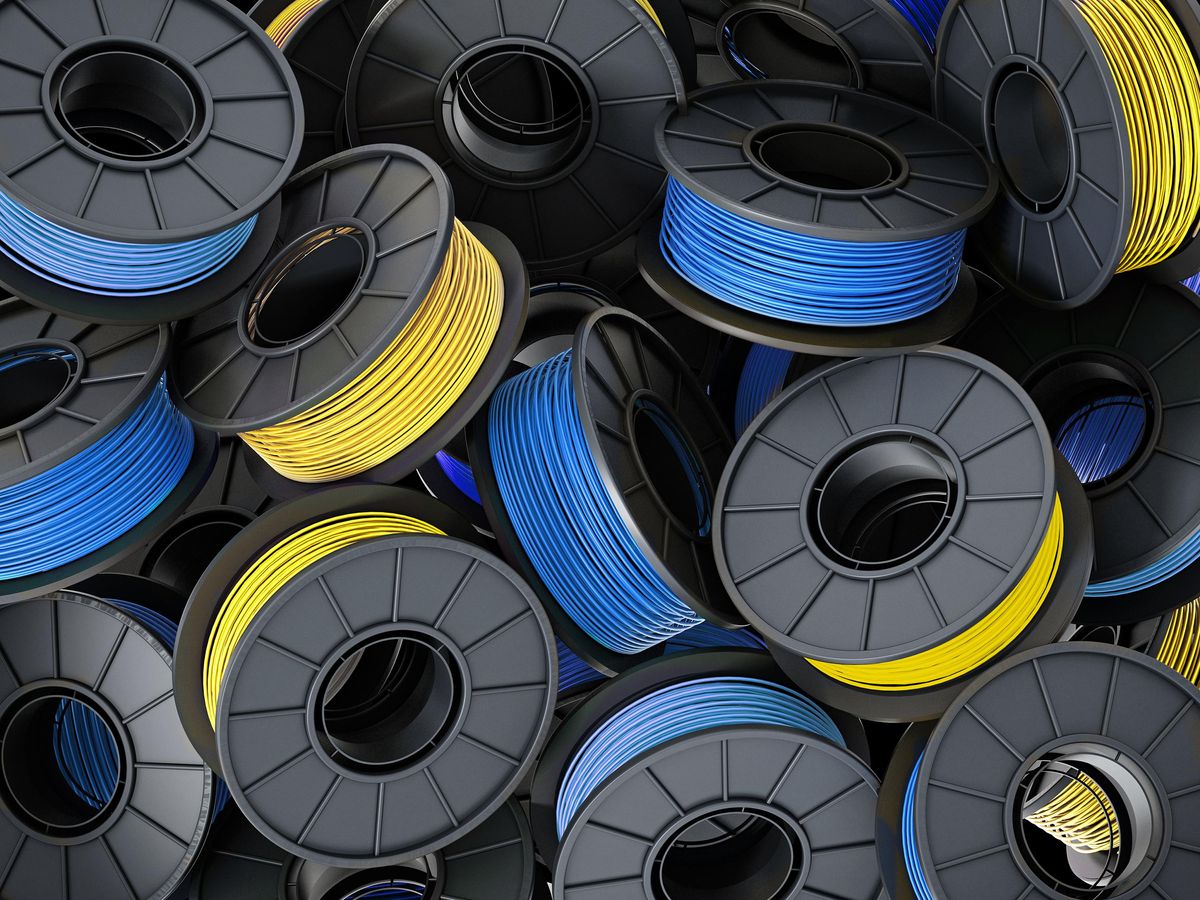One month into the Russian invasion of Ukraine, a group of more than 100 makers from all over Ukraine manufactured and supplied a number of 3D-printed products to the Armed Forces of Ukraine, the Territorial Defense Force, and the Air Forces. For security reasons, this group does not disclose most of their work. But they do share common achievements.
According to their data, 3,019 individual parts were 3D printed in the first 16 days of the war, which were used for 930 finished products. This is data from only one group of volunteers, and it is very difficult to track the total amount of help in the form of 3D-printed products. However, it is safe to say that fast, flexible 3D-printing production has shown all its advantages in Ukraine.
This is a startling accomplishment considering that before 24 February 2022, 3D printing was very rarely used in manufacturing components for military equipment in Ukraine.
There are a couple of reasons for this. First, the 3D-printing facilities and services available in Ukraine usually use fused deposition modeling (FDM) 3D-printing technology, which often results in components with poor performance and less than optimal survivability in wartime. Second, the number of 3D printers was very limited in Ukraine and did not allow for the production of certain components evenly throughout the country. And for volunteers living in Ukraine and for those like me who are outside of our home country, there were many problems and questions: what exactly to print, in what quantity, how to provide logistics in the places where the products are needed, and how to get the permits required to modernize military equipment.
Given these constraints, how has 3D printing become one of the most important activities for volunteers trying to help the Ukrainian military? It turns out the COVID-19 epidemic played an important role in resolving many of the issues associated with 3D printing before the war. During COVID-19, companies, volunteers, universities, and concerned citizens (including me) began to create a system for networking. Thanks to these communication systems and volunteer centers, it was possible to supply personal protective equipment (like face shields) for physicians and social workers. By the beginning of the full-scale war in February, logistics systems for the 3D-printing industry had already been established.
Even so, at the start of the conflict, 3D printers were in short supply, and there was a limited supply of consumables like filament. When volunteers from abroad joined the fight, they dispatched a large number of 3D printers throughout Ukraine in a short time. In addition, citizens who had 3D printers at home began to give their printers to 3D-printing hubs established to supply components to the frontlines. Ukrainian filament companies also began to make supplies directly available, effectively resolving any outstanding questions concerning materials and printers.
But the main issue for the 3D-printing community remained: What could be 3D printed that would most help the military? The Ukrainian company 3D Tech ADDtive was the first to come up with an initiative to defend Ukraine. The company was one of the first to work on 3D printing of components for drones and weapons, but the impact of these components was limited. Therefore, when it received new information that there was a great shortage of combat application tourniquets (CATs) for the military, in just a few days they had developed a tourniquet design that could be 3D printed, and began to modify it for better performance.
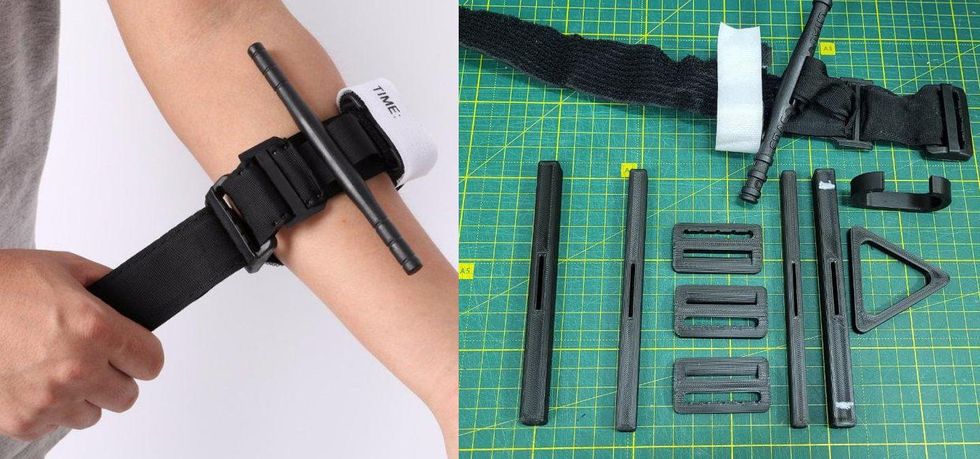
Other volunteers also joined the modernization and implementation of computer-aided designs with publicly available 3D models for printing. In particular, the project “3DPrintingforUkraine” improved performance for even industrial tourniquets.
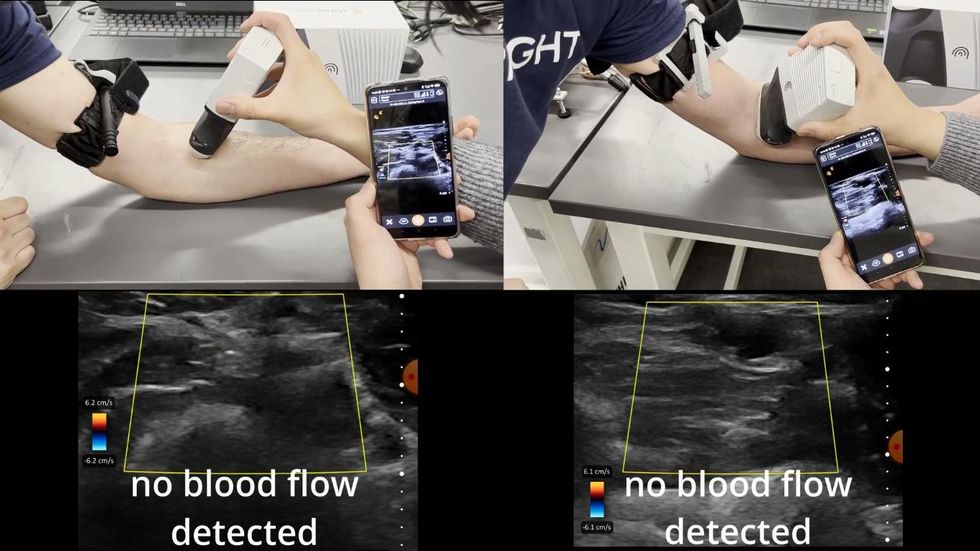
Printing such tourniquets can be difficult, as nonstandard filaments, including flexible materials such as nylon and others such as polyethylene terephthalate glycol (PETG), are necessary. Meanwhile, the logistics of delivering expensive printing materials are currently more difficult to solve than for more standard 3D-print composites such as acrylonitrile butadiene styrene (ABS) or PETG.
Today, however, the 3D printing of this important materiel continues, thanks to the help of volunteers and the regular donation of caring people, mainly from Eastern Europe.
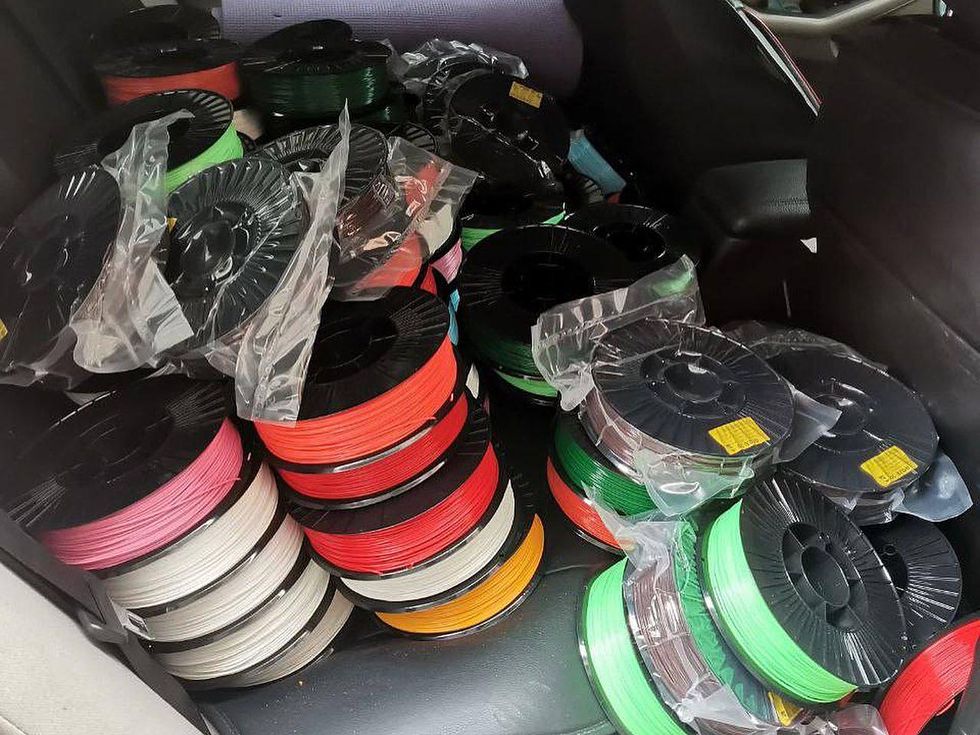
As the war continued on, another shortage arose with the Israeli Emergency Bandage—a smartly designed dressing made specifically for use with one hand. Due to the large number of mobilized Ukrainians, there was simply not enough of these bandages to go around. Therefore, together with garment companies, makers have organized the production of a 3D-printed version of the bandages. In fact, after only a few days of producing these substitute Israeli Emergency Bandages, volunteers used them to complete individual first-aid kits, which were then sent to the front.
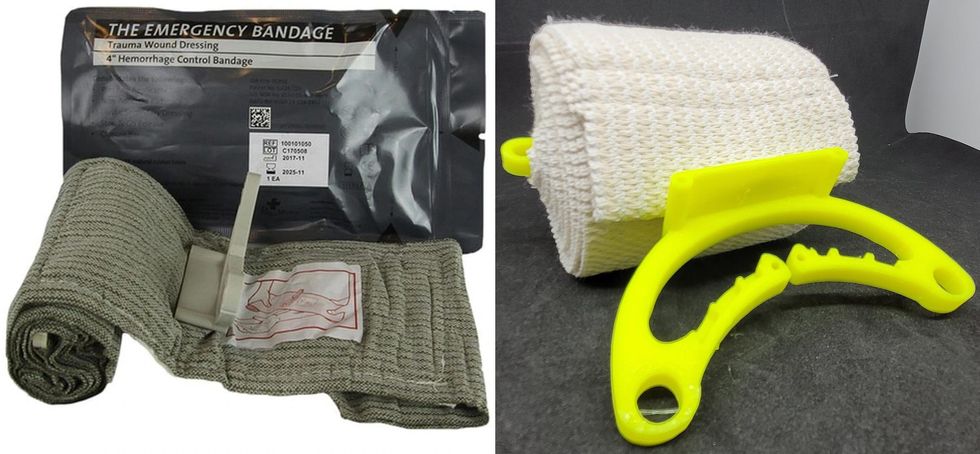
In addition to health-care products, the 3D-printing community in Ukraine has been making tactical tools for the military. The most useful for the military are periscopes, which volunteers disguise as needed. This design of the 3D-printed periscope is quite light and consists of a 50-millimeter-diameter tube, two mirrors, and two printed parts. This gives Ukrainian soldiers encountering the enemy in urban areas a safer way to look around corners and over walls.
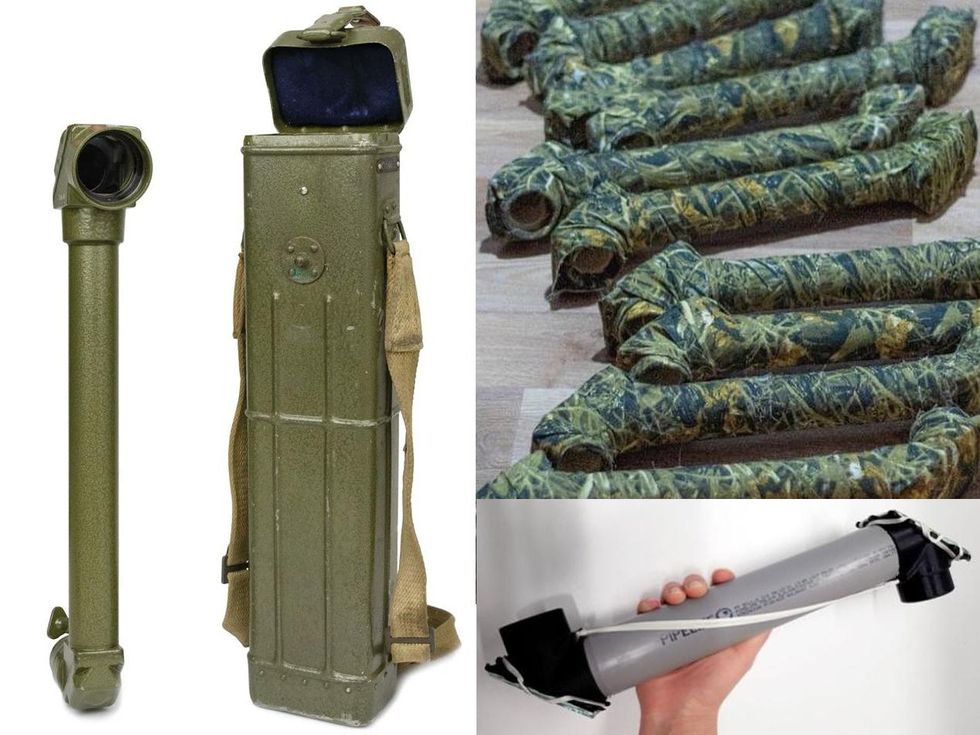
Three-D printing shows amazing flexibility and can respond quickly to the needs of volunteers. The communication that was established in peacetime, through conferences and scientific and technical societies including IEEE, allows for better understanding of the needs and opportunities of each region and hub. Thanks to this volunteer-driven, maker-powered movement, the Ukrainian Army has a better opportunity to offer a worthy resistance to the Russian Army by making it possible to equip military units with necessary equipment quickly.
About the Author
IEEE member Roman Mykhailyshyn was born in Ukraine and lived in the city of Ternopil in western Ukraine most of his life, becoming an associate professor in the department of automation and technological processes and manufacturing at Ternopil National Technical University in 2019. He is currently a Fulbright visiting scholar at the department of robotics engineering at Worcester Polytechnic Institute, in Massachusetts, working on a project about the manipulation of flexible objects by industrial robots.
“Being in another country when you have a war at home is very motivating,” says Mykhailyshyn. “After the news of the beginning of a full-scale Russian offensive against Ukraine, I felt despair and anxiety, but later it grew into anger at all things Russian. I’m sure a lot of people feel that way. For me, the volunteer activities and constant communication between Fullbrighters from Ukraine have joined us together and helped us to morally come to terms with what we can and cannot do.”
“Constant communication with family, colleagues, and friends who are in Ukraine is incredibly helpful, although such communications can be quite difficult,” he says. “Personal connections are one of my primary sources of information about what is happening in Ukraine. Because some of the volunteer organizations’ organizers studied or lived part of their lives in my city, I know them well.”
Mykhailyshyn notes that he made a significant portion of his connections at scientific and technical conferences, including UKRCON, which is held every two years. “Such events allow attendees to find like-minded people and establish the necessary communication,” he says. “Many of these people I communicate with, and they talk about their volunteer contribution to the victory of Ukraine. The rest of the information I receive through the social networks of official organizations and volunteers.”
- How the Wayback Machine Is Saving Digital Ukraine - IEEE Spectrum ›
- Puzzling Out the Drone War Over Ukraine - IEEE Spectrum ›
